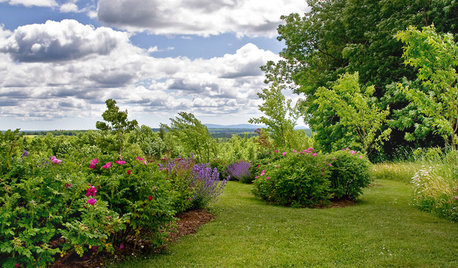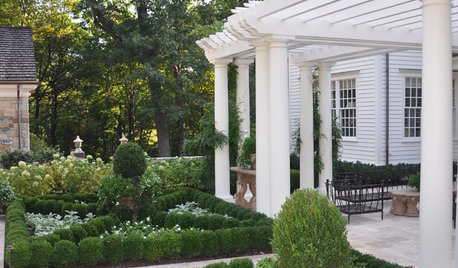Flood Irrigation and "Lasagna Method" Raised Beds
GirlyGrr
10 years ago
Featured Answer
Comments (14)
seysonn
10 years agoGurnoegardens
10 years agoRelated Professionals
West Milford Landscape Architects & Landscape Designers · Graham Landscape Architects & Landscape Designers · Rancho Palos Verdes Landscape Architects & Landscape Designers · Willowick Landscape Architects & Landscape Designers · Brentwood Landscape Contractors · Anderson Landscape Contractors · Edmond Landscape Contractors · Ashburn Landscape Contractors · Estelle Landscape Contractors · Fair Oaks Landscape Contractors · Milton Landscape Contractors · St. Louis Landscape Contractors · St. Louis Landscape Contractors · Wilton Landscape Contractors · Pike Creek Valley Gardeners & Lawn CareDonna
10 years agoGirlyGrr
10 years agoGirlyGrr
10 years agoGurnoegardens
10 years agoGirlyGrr
10 years agogardensteph
10 years agotishtoshnm Zone 6/NM
10 years agoglib
10 years agoGirlyGrr
10 years agoHU-249828582
3 years agowar garden
3 years ago
Related Stories

MOST POPULARWhat to Do After a Hurricane or Flood
How you treat your home after a natural disaster can make all the difference in its future livability — and your own personal safety
Full Story
FARM YOUR YARDHow to Build a Raised Bed for Your Veggies and Plants
Whether you’re farming your parking strip or beautifying your backyard, a planting box you make yourself can come in mighty handy
Full Story
GREEN BUILDINGHow to Harvest Rainwater for Your Garden
Conserve a vital resource and save money by collecting stormwater for irrigation in a barrel or tank
Full Story
EARTH DAYGrow a Beautiful Garden With Ecofriendly Greywater
Reducing home water waste means lower bills and a healthier planet. Here's how to set up a greywater home irrigation system that can help
Full Story
SAVING WATER6 Reasons Why You Should Save Your Rainwater Now
Collect and store during the rainy season so you’ll have water ready for irrigation when you need it
Full Story
KITCHEN CABINETSChoosing New Cabinets? Here’s What to Know Before You Shop
Get the scoop on kitchen and bathroom cabinet materials and construction methods to understand your options
Full Story
LANDSCAPE DESIGNLandscaping Tricks to Manage Stormwater Runoff
Help rainwater absorb slowly back into the earth with paving grids, gravel beds and other porous systems
Full Story
LANDSCAPE DESIGNYour Mini Guide to Great Garden Edges
Get the scoop on trenches to the skinny on bender board, to help keep your garden beds as tidy as you like
Full Story
EARTH DAY5 Ideas for a More Earth-Friendly Garden
Consider increasing the size of garden beds, filtering rainwater and using plants to reduce energy use
Full Story
GARDENING AND LANDSCAPINGCream-of-the-Crop Vegetable Gardens
Both trendy and traditional, these inspired potager designs turn the everyday vegetable garden into art for your landscape
Full Story






glib